Stone Brewing finally reached the legal drinking age last year.
Yay! 🎂
Despite barely cracking the two-decade mark, the company has already been voted by Beer Advocate readers as the “All-Time Top Brewery on Planet Earth.”
That’s saying something, especially considering that Beer Advocate is like the beer snob hall of fame.
The Escondido brewery isn’t just the “all-time top.” It’s also quickly becoming one of the biggest breweries in the country at number nine in the U.S., as of this writing.
Now here’s what’s interesting.
Compared to the ‘big boys’ like Budweiser in the industry, Stone Brewing pales in comparison. (That was beer pun #1 in a long list.)
Stone produces around 325,645 barrels every year, while Budweiser puts out almost three times that much — every month.
And yet here’s the funny thing.
Stone Brewing’s 313k Instagram followers completely dominate Budweiser’s 245k. (And the company’s post engagement is also several multiples ahead of Bud’s, too.)
How is that possible?! Let’s find out.
Stone Brewing is consistently ‘on brand’
Stone Brewing is perhaps best known for the beer it named Arrogant Bastard.
I think that tells you everything you need to know about the company.
The Arrogant Bastard label even proclaims that you’re probably not going to like this beer and would be more comfortable with “tasteless fizzy yellow beer” instead:
This seems … pretty extreme!
And that’s exactly the point, according to former Stone social media lead Jacob McKean.
In 1996, our co-founders asked themselves, ‘Have we ever seen an ad for good beer?,’and their answer was a definitive no. Other than the word ‘beer,’ we have virtually nothing in common with the mega-brewers, so why imitate their strategy?
So the company made its own strategy.
Its methods haven’t just worked because it continues to buck long-established trends in the beer business (all those followers without millions of dollars on ad spend for a 60-second Super Bowl spot).
Its methods work because it has created a distinct brand that’s consistent with its customers’ expectations no matter which channel or platform it chooses to use.
Stone Brewing isn’t a brewery for the masses. So its social media accounts aren’t aimed at the masses, either. Stone Brewing is playing a different game entirely.
Each of its social media posts features sarcastic, funny, full-flavor copy that accompanies interesting — and sometimes controversial — photos.
This one below is a perfect example because it somehow manages to combine Legos, the band KISS, and beer.
The caption next to it explains it as an “ear-splitting, palate-thrashing metal collaboration.”
I couldn’t have said better myself.
The success of this whimsical image is clear when you read all of the engaged, relevant comments from Stone Brewing’s followers. These people actually care what Stone is doing.
Stone’s content isn’t stale — it’s full of personality
Stone doesn’t rock Instagram because it’s staffed by ‘social media gurus.’ It dominates its industry because they company’s staff is committed to staying true to who they are.
They don’t hold back or water down (get it?!) any social updates. Each post brings the same in-your-face personality that its audience has come to love and expect.
Seth Godin calls this “edgecraft“ because only things at the far extremes attract attention when customers are inundated with constant streams of ‘stuff’:
You must go all the way to the edge… accepting compromise doesn’t make sense. Running a restaurant where the free prize is your slightly attractive waitstaff won’t work–they’ve got to be supermodels or weight lifters or identical twins. You only create a free prize when you go all the way to the edge and create something remarkable.
Now let’s compare that methodology to Budweiser’s stale (I could go all day) rehash of sameness. The company is so firmly stuck in the middle, playing it safe, that it fails to make any impact at all.
In the first example below, the pictured people practically have “I’m a model getting paid to take this picture” written on their faces.
Sure, they look happy. (They’re getting paid to look happy!)
But the image is so sterile that it doesn’t come off as authentic or realistic in any way, shape, or form.
Now go read the comments on the right-hand side of the picture. They’re a mess! There are a few redundant, spammy ones. Then, those below don’t ask questions or add any value to the conversation.
Let’s go back and compare Budweiser’s post to another Stone Brewing example.
Here’s one that features real people playing in hops and talking about the upcoming San Diego beer festival. (Stone’s even going so far as to loop in the other craft breweries at the event — essentially their competition.)
Now, in all honesty, this could be a completely staged photo with models. But it doesn’t seem like it because Stone gives the impression that its customers are actually human.
People today want to see authenticity in their favorite brands’ images. It doesn’t matter if we’re talking about a website, some TV ad, or posts on Instagram.
Stone’s customers are engaged as a result
Let’s be honest for a second.
Stone Brewing’s snark would never, ever appeal to a mass audience.
But that’s OK because the company’s not going after everyone. Instead, it’s niching down to a very specific audience of craft beer connoisseurs, IPA lovers, and people with a personality that can handle a hefty dose of sass.
Stone wants the crazy zealots who willingly will throw down a few extra bucks at the bar because they appreciate what Stone does. And that kind of brand loyalty rewards Stone on social media, too.
For example, social media platforms like Facebook and Instagram use an algorithm to determine what gets through to the people who already follow them (and what gets ‘muted’ in the background).
Those algorithms often look at similar criteria, too.
First, your posts have to be relevant. Typically Instagram looks at the quality of engagement each post gets to determine whether you’ll get more or less reach the next time around.
That means it’s a win-win if you do it right. Here’s why.
Customers who interact with your posts help to increase your reach (or the number of new customers who can see your posts), which then also helps you to get more engagement on subsequent posts.
In a perfect world, your audience will like, comment on, and share your posts without hesitation. They’ll interact all day long if the content is good enough (see the sections above).
However, you can’t always sit back and wait for extreme engagement to start rolling in (especially if you’re new or relatively unestablished in the industry).
Instead, you need to go out and make it happen — one way or another.
Here’s Stone Brewing having a conversation with user @vegansfrommars.
They’re just having a simple conversation and trying to be helpful. There’s nothing special going on here.
But they’re also boosting their own engagement by liking and responding to comments as a side benefit.
Even though they didn’t necessarily get the answer they were looking for, @vegansfrommars surely felt like their concern was recognized. So they start commenting with another of their vegan friends about making a trip soon (I couldn’t even make this up if I wanted to).
This long-winded conversation gives Stone a nice little bonus: Increasing the half-life of each post.
Instagram posts are unfortunately only relevant to most users within the first few hours after posting. Half-life literally means that half of everyone who will ever see your post on Instagram does so in under 72-minutes.
However, continuing to update old social content can help extend the short shelf life of each post to maximize the total number of eyeballs you’ll get over the course of a day.
Stone doesn’t just interact with its own profile, though. It’s staff members also go outside their owned channels to like and comment on other profiles. This is as simple as clicking on the “Explore” page to find like-minded brands and users within your potential audience (like juicetruck does below).
“Pull engagement” can help you find a happy medium between getting your posts seen and completely annoying everyone.
For starters, this means putting out better posts that demand attention and compel people to take action.
Stone Brewing’s account updates about once a day with a variety of content that doesn’t just say, “here’s another bottle of beer.”
There’s still a lot of beer in there.
But there’s also a lot of images of people, locations, and featured events.
In other words, the company is focusing on the lifestyle factors and experiences to which beer might easily relate (without just shoving the product down your throat).
They know how to make themselves visible
Hashtags aren’t just a trendy thing or a Twitter thing.
Hashtags are an essential component of discoverability and helping new people find you.
That’s why it’s been proven that the more hashtags you include in your social content, the better your content performs.
While one post with zero hashtags can result in an 18% interaction rate, posts with 11+ hashtags can garner an interaction rate of nearly 80% according to one study.
Stone uses hashtags to reach craft beer enthusiasts of all shapes and sizes.
In one post, it opened up the door to an audience looking for #craftbeer, those looking for a local beer with #sdbeer, and then others looking at a specific location with #libertystation.
Once again, let’s compare this to Budweiser and pick on them again:
This social media post contains one single hashtag that just so happens to be the Budweiser brand slogan. So it’s clear that the company completely misunderstands why hashtags are important.
And you can safely bet that no new people or communities are finding Budweiser’s Instagram account as a result.
Fortunately, you can use a keyword research-like process to check out what hashtags your (good) competitors are using. You can also use it to see what the good influencers and brand ambassadors are using.
Webstagram can also help you quickly pull a list together of the most popular hashtags by count.
Just make sure your hashtags are still on-brand. After all, not every Instagram account can get away with hashtags like #beerporn.
The above post from Stone Brewing also incorporates some relevant, but untraditional, hashtags, which can help the company in the long run.
Just in case some international users were searching for #bier or #cerveza, for example, the post includes hashtags in other languages. This is no different from making your site multilingual to help people from all over the world access your content.
Here’s a recent post they used for #BikeToWorkDay, which capitalizes on the beer-drinking bike audience. And not just bikes: #mountainbikes, #bicycle, #dirtbike, and even #bikebeer.
On top of hashtags, location tagging is a huge way to boost visibility.
Stone Brewing does so by posting outside their locations and other popular travel destinations.
Check out their StoneRipper chilling post at Oceanside Pier (on the left-hand side right under their account name).
Anyone checking out the location on Instagram, people attending the Surf Riders San Diego event, or even vacationers from out of town will now see Stone Brewing.
Stone will also add its physical location as a hashtag.
Their Liberty Station is in a prime San Diego location, close to hotspots like the San Diego Zoo and Mission Beach that are visited by millions of people each year.
They evaluate what’s working with insights
Stone Brewing didn’t just cross its fingers and start posting.
Jacob shares why he thinks they’ve been successful:
I believe that success is due in large part to having high standards for content. If the material is compelling and it’s compellingly delivered (i.e. funny), it works. Sometimes we have to check ourselves and make sure we’re delivering information that is interesting to our fans and not just us.
That starts with a laser focus on who they are, what they stand for, and how to best reach their customers. But then from there, it’s about amassing data to help them fine-tune the company’s social strategy.
Instagram Insights lets businesses dive deeper into pinpointing what’s working, what’s not, and why.
If you haven’t designated your account as a business, you can do so in your Instagram settings. Just click “Switch to Business Profile.”
This will save all of your data after you switch to a Business Profile. You won’t have any data from before that moment. After selecting “Switch to Business Profile,” you’ll find this handy-dandy little button:
Clicking on this icon takes you to a treasure trove of data, including gender, age, and location information. As a Business Profile, you’ll also be able to dig into how each post is performing with details on views and engagements.
Here are some additional metrics to track with Insights:
- Impressions: How many total times a post (or now story) has been viewed
Reach: How many people saw the post (this will not count a person more than once if they have looked more than once) - Website Clicks: How many times your website link was clicked (this will count a person more than once if they click more than once)
- Follower Activity: How many times your audience logs into Instagram each day
- Video Views: How many ‘quality’ views a video gets (views that last more than three seconds)
- Saves: How many people saved the post
However, you have to be careful when you are evaluating your account’s insights. First, remember that impressions are based on the total number of views. Reach is only unique viewers.
Also, the metrics don’t always tell the full story now that carousel photos and videos are available on Instagram. For instance, you won’t be able to tell if a person only looks at the first picture of the video but then clicks off the post.
Insights are helpful, though, if you want to quickly pull out your paid results versus organic results to determine if the ROI was worth it (or not).
You can also look at insights for your account’s stories to see two weeks’ worth of results. Metrics for stories include:
- Replies: How many reply messages the story gets
- Exits: How many times someone leaves your story to watch another
These metrics give you a benchmark from which to devise your future Instagram strategy. They’re not incredibly helpful at a glance.
However, when you’re able to review them compared to your past performance, the trends start to add up. Then you can begin reverse engineering what works and what doesn’t.
Budweiser’s dreadful engagement per post, for example, should constitute a giant warning sign.
The company hardly gets any comments (compared to Stone’s engagement levels). The comments its profiles do get are either spam or derogatory against the brand itself.
A quick glance through these trends should immediately alert them to what’s wrong.
Their post images are all high quality. I’m sure they cost a lot. But at the end of the day, throwing money at a problem doesn’t always fix it.
Budweiser’s social media problem isn’t money, resources, or people. It’s the business’s mindset and unwillingness to carry its brand’s point of view through like Stone does.
Conclusion
Stone Brewing doesn’t excel at social media because it employs a staff of savvy growth hackers. It excels because its personality and authenticity are on full display.
As a result, their audience numbers not only outpace much bigger players in the market, but their engagement metrics do, too.
They’re able to do all of that for a fraction of the budget and brand awareness that decades of primetime Clydesdale commercials get you.
Every company is told to strive for “great content,” “authenticity,” and more online engagement. The big difference between some of the bigger beer companies and Stone Brewing is that the latter is actually doing these things on a daily basis.
Who’s your favorite beer brand to follow on social media and why?
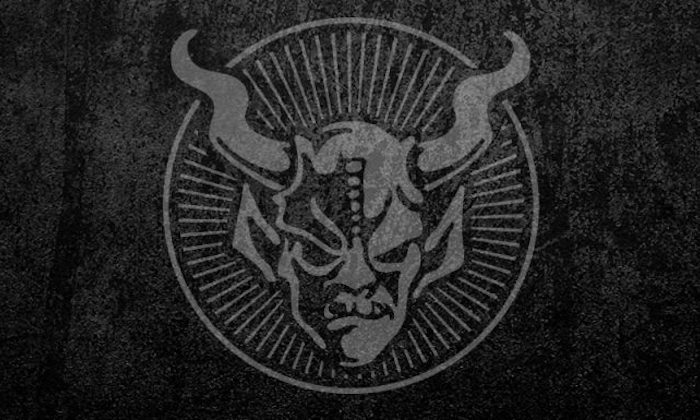

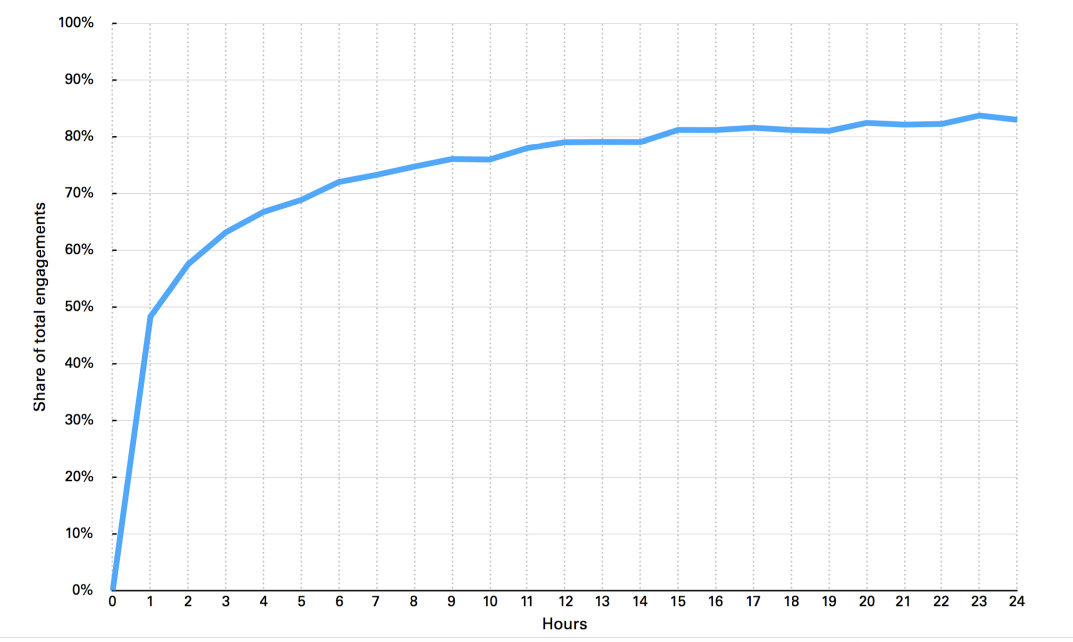

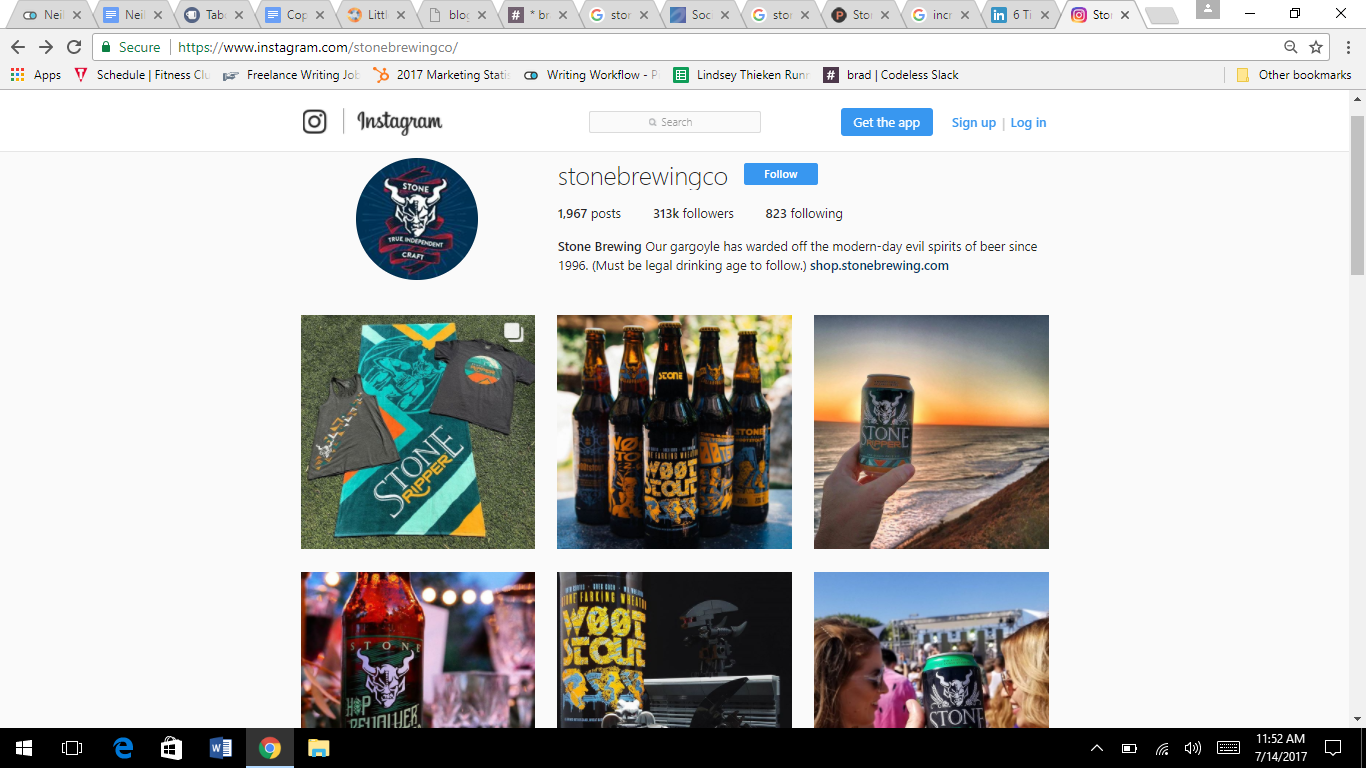
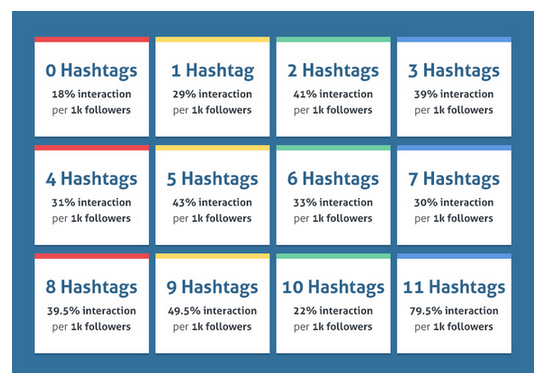

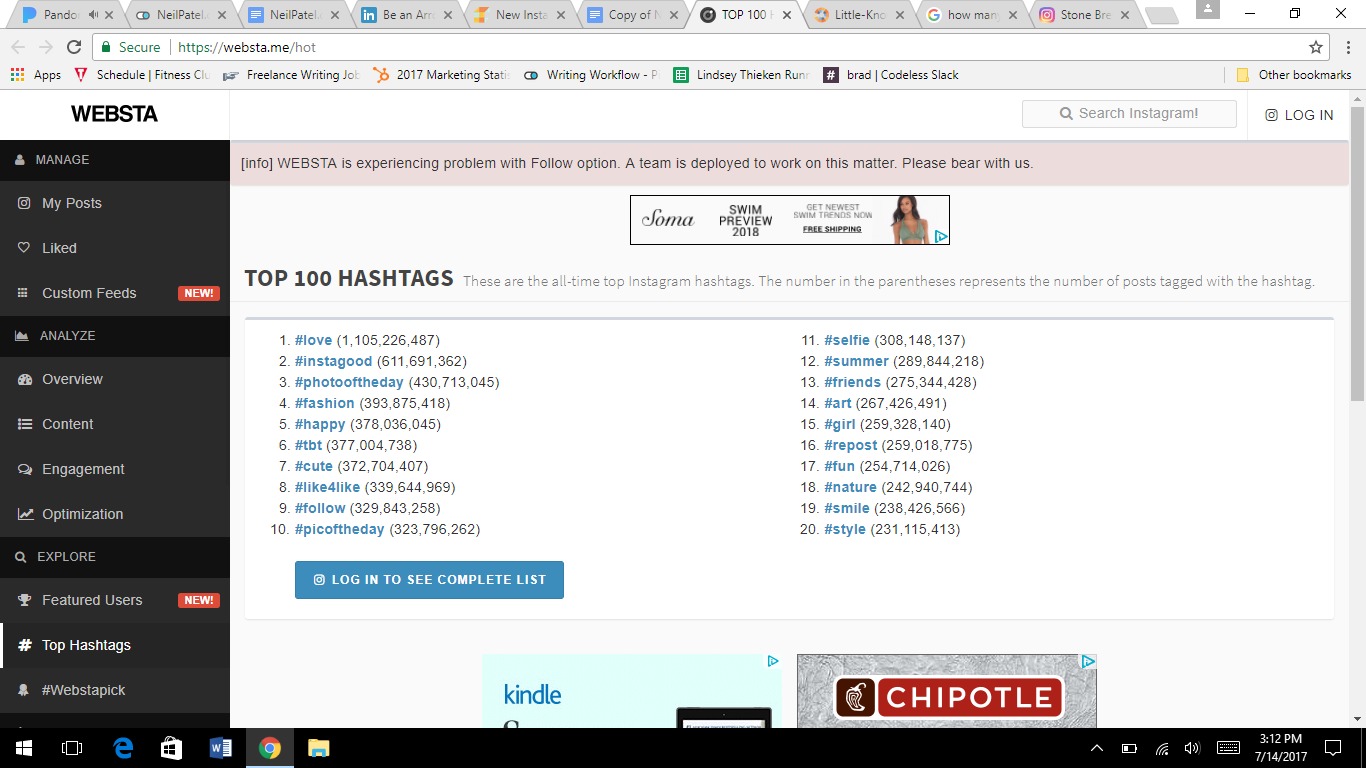
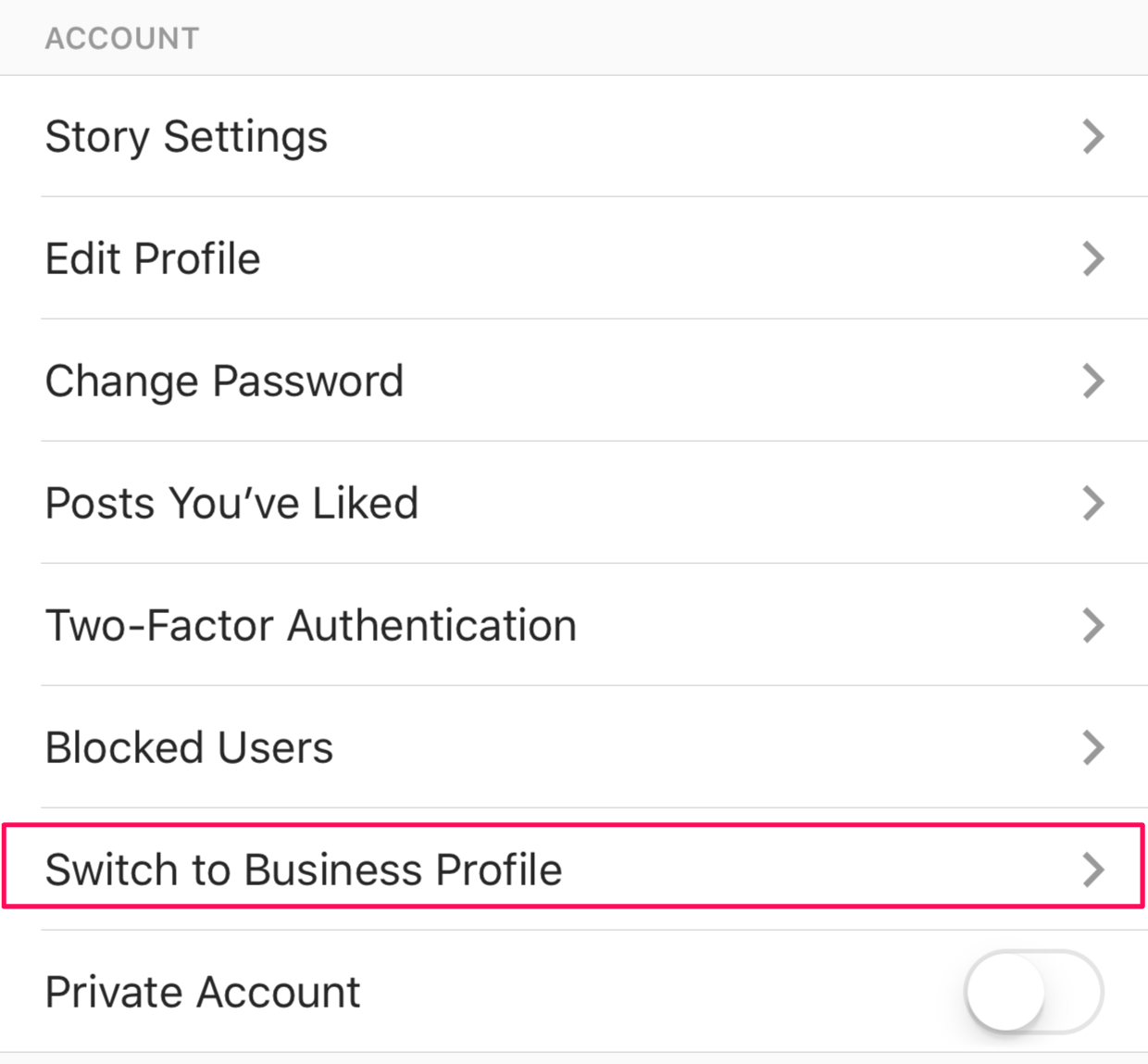

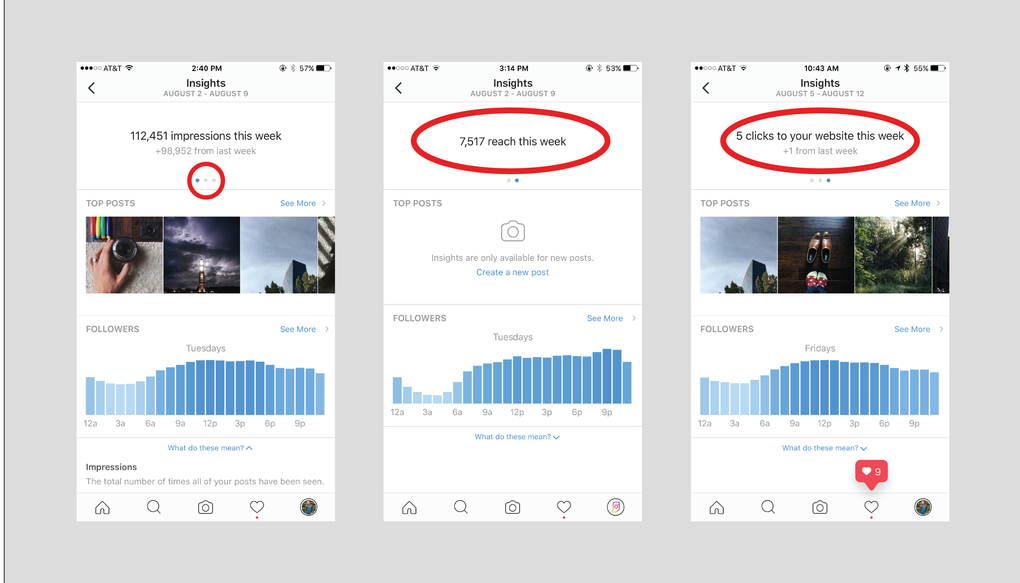
Comments (4)